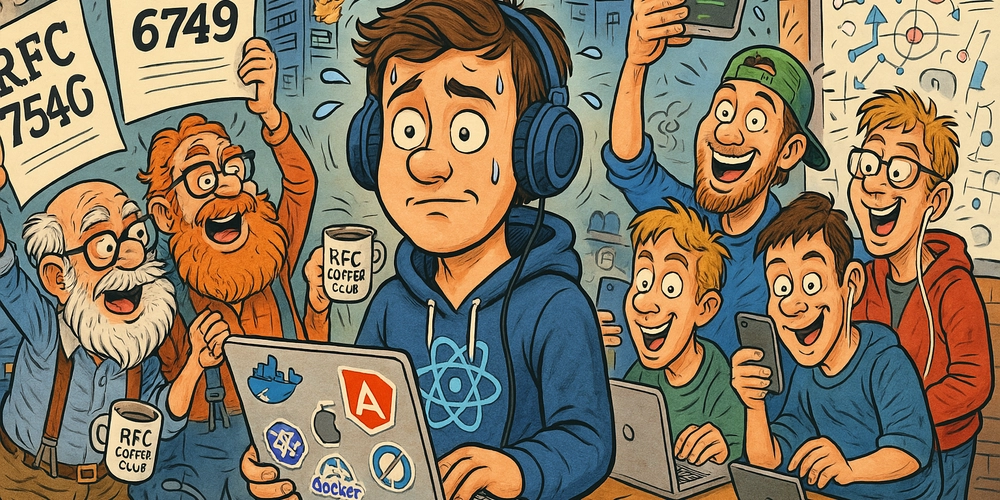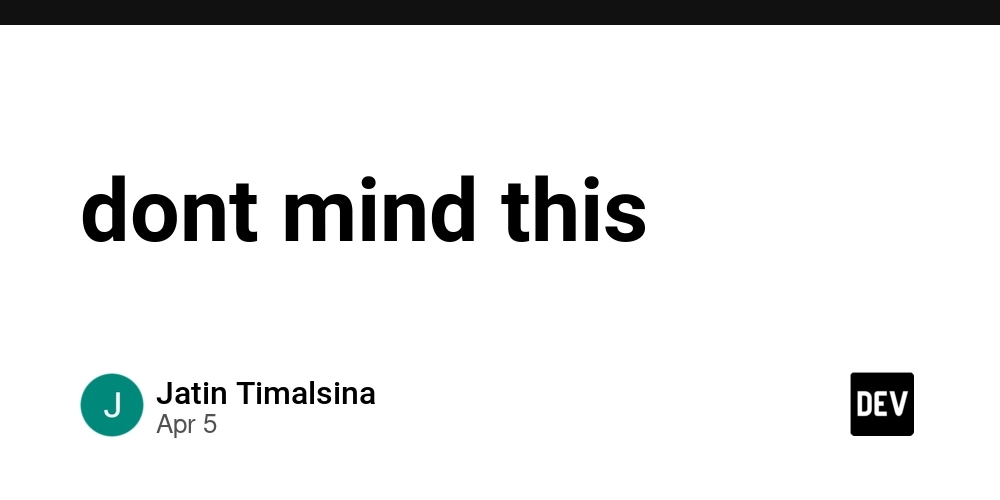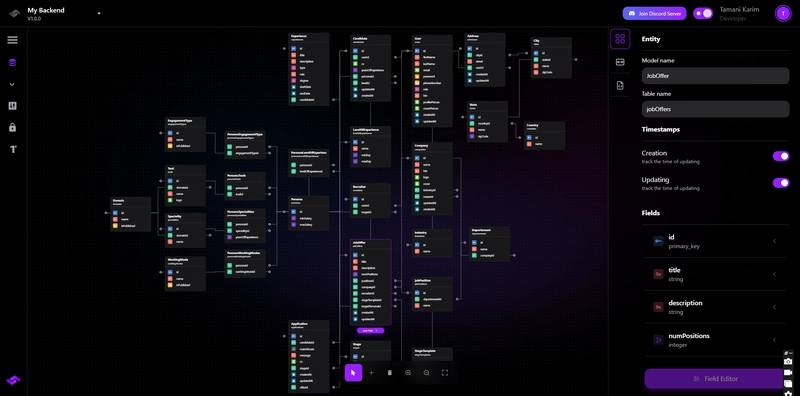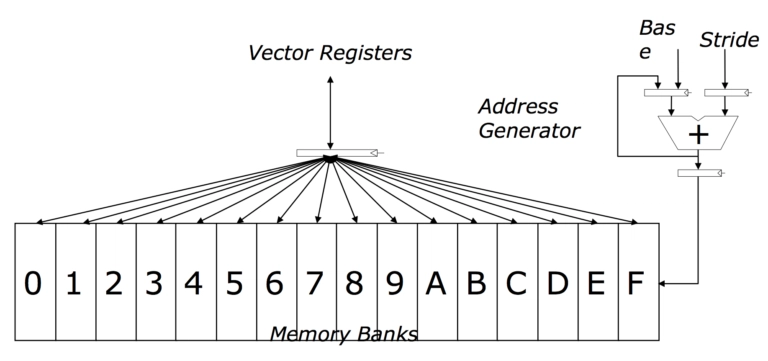Framework Famous, RFC Clueless: Why Developers Need to Dig Deeper
Developers today are geniuses—just ask them. They know every framework, every library, and every trending tech on Hacker News. But drop “RFC” in a conversation, and watch the confident smirk melt into confusion. Suddenly, they’re deer caught in the headlights, staring blankly, mumbling something about “unnecessary details.” Ironically, every tool these developers swear by—OpenTelemetry, HTTP/2, OAuth—exists thanks to RFCs. RFCs (Request for Comments) are foundational documents that shape the internet, guiding how protocols, systems, and technologies evolve. Yet, many developers have never bothered to dive deeper than Stack Overflow’s first result. Consider a scenario: a team struggles with debugging HTTP/2 issues for days. Had they glanced at RFC 7540, the solution might have surfaced immediately. Understanding RFCs can save significant time and resources, ensuring you don’t fall victim to common pitfalls. This disconnect isn’t just amusing; it’s alarming. A lack of foundational understanding means developers become skilled at building, but clueless at understanding the why. It’s the difference between assembling IKEA furniture and designing the blueprints yourself. Why Developers Should Care About RFCs Understanding RFCs isn’t about gatekeeping knowledge—it’s about reclaiming depth in your craft. It enhances debugging, improves design decisions, and ultimately contributes to more robust, efficient solutions. But here’s the good news: fixing this is simple. Steps to Strengthen Your Understanding: 1. Explore RFCs: Start with RFC 2616 (HTTP/1.1) or RFC 6749 (OAuth 2.0). Skim them. No need to memorize; just grasp why and how these standards emerged. 2. Question Your Tools: Instead of blindly using OpenTelemetry, spend a moment understanding the exact problems it solves and why it exists. 3. Step Out of Framework Bubbles: Frameworks come and go. Principles endure. Strengthen your fundamentals, and watch your career become future-proof. Practical Call to Action: Start today by reading just one RFC related to your current project. Reflect on its insights and see how they apply practically to your work. This small step can profoundly impact your skill and confidence. Understanding the RFC Process: RFCs were introduced in 1969 to encourage collaborative development and standardized communication across the burgeoning internet. They are intentionally open and peer-reviewed, ensuring transparency and broad consensus. Contributing to RFCs—Yes, You Can: RFCs aren’t just historical documents—they’re actively maintained and contributed to by the community. Want to help shape future technologies? 1. Identify a Gap or Issue: Look at existing RFCs or current technologies and find something missing or needing clarification. 2. Draft Your RFC: Clearly outline the problem, propose solutions, and explain the impact. 3. Submit for Peer Review: Engage with the community via the Internet Engineering Task Force (IETF) or other relevant standards bodies. 4. Collaborate and Refine: Participate actively in discussions, incorporate feedback, and iterate until your proposal is mature and broadly accepted. Enhance Your Development Skills: By appreciating the RFC process, you’re not only respecting the rich history of the internet but also equipping yourself with tools to innovate and solve future challenges independently. Optimize Your Career (and Your Search Results!): Integrating an understanding of RFCs enhances your ability to produce SEO-rich, keyword-focused content like “RFC standards”, “developer fundamentals”, “OpenTelemetry guide”, or “technical standards understanding”, boosting both your knowledge and visibility. Additional Resources to Deepen Your Knowledge: • RFC 2616 – HTTP/1.1 • RFC 6749 – OAuth 2.0 • IETF Official RFC Archive • Introductory articles and tutorials on how to read RFCs effectively • How to write an RFC Next time a senior engineer mentions an RFC, you can respond with insight, not ignorance. Being a great developer isn’t just about knowing the latest tools—it’s about understanding the timeless principles that built them.

Developers today are geniuses—just ask them. They know every framework, every library, and every trending tech on Hacker News. But drop “RFC” in a conversation, and watch the confident smirk melt into confusion. Suddenly, they’re deer caught in the headlights, staring blankly, mumbling something about “unnecessary details.”
Ironically, every tool these developers swear by—OpenTelemetry, HTTP/2, OAuth—exists thanks to RFCs. RFCs (Request for Comments) are foundational documents that shape the internet, guiding how protocols, systems, and technologies evolve. Yet, many developers have never bothered to dive deeper than Stack Overflow’s first result.
Consider a scenario: a team struggles with debugging HTTP/2 issues for days. Had they glanced at RFC 7540, the solution might have surfaced immediately. Understanding RFCs can save significant time and resources, ensuring you don’t fall victim to common pitfalls.
This disconnect isn’t just amusing; it’s alarming. A lack of foundational understanding means developers become skilled at building, but clueless at understanding the why. It’s the difference between assembling IKEA furniture and designing the blueprints yourself.
Why Developers Should Care About RFCs
Understanding RFCs isn’t about gatekeeping knowledge—it’s about reclaiming depth in your craft. It enhances debugging, improves design decisions, and ultimately contributes to more robust, efficient solutions.
But here’s the good news: fixing this is simple.
Steps to Strengthen Your Understanding:
1. Explore RFCs: Start with RFC 2616 (HTTP/1.1) or RFC 6749 (OAuth 2.0). Skim them. No need to memorize; just grasp why and how these standards emerged.
2. Question Your Tools: Instead of blindly using OpenTelemetry, spend a moment understanding the exact problems it solves and why it exists.
3. Step Out of Framework Bubbles: Frameworks come and go. Principles endure. Strengthen your fundamentals, and watch your career become future-proof.
Practical Call to Action:
Start today by reading just one RFC related to your current project. Reflect on its insights and see how they apply practically to your work. This small step can profoundly impact your skill and confidence.
Understanding the RFC Process:
RFCs were introduced in 1969 to encourage collaborative development and standardized communication across the burgeoning internet. They are intentionally open and peer-reviewed, ensuring transparency and broad consensus.
Contributing to RFCs—Yes, You Can:
RFCs aren’t just historical documents—they’re actively maintained and contributed to by the community. Want to help shape future technologies?
1. Identify a Gap or Issue: Look at existing RFCs or current technologies and find something missing or needing clarification.
2. Draft Your RFC: Clearly outline the problem, propose solutions, and explain the impact.
3. Submit for Peer Review: Engage with the community via the Internet Engineering Task Force (IETF) or other relevant standards bodies.
4. Collaborate and Refine: Participate actively in discussions, incorporate feedback, and iterate until your proposal is mature and broadly accepted.
Enhance Your Development Skills:
By appreciating the RFC process, you’re not only respecting the rich history of the internet but also equipping yourself with tools to innovate and solve future challenges independently.
Optimize Your Career (and Your Search Results!):
Integrating an understanding of RFCs enhances your ability to produce SEO-rich, keyword-focused content like “RFC standards”, “developer fundamentals”, “OpenTelemetry guide”, or “technical standards understanding”, boosting both your knowledge and visibility.
Additional Resources to Deepen Your Knowledge:
• RFC 2616 – HTTP/1.1
• RFC 6749 – OAuth 2.0
• IETF Official RFC Archive
• Introductory articles and tutorials on how to read RFCs effectively
• How to write an RFC
Next time a senior engineer mentions an RFC, you can respond with insight, not ignorance. Being a great developer isn’t just about knowing the latest tools—it’s about understanding the timeless principles that built them.












































































































































































![[The AI Show Episode 142]: ChatGPT’s New Image Generator, Studio Ghibli Craze and Backlash, Gemini 2.5, OpenAI Academy, 4o Updates, Vibe Marketing & xAI Acquires X](https://www.marketingaiinstitute.com/hubfs/ep%20142%20cover.png)


























































































































![[FREE EBOOKS] The Kubernetes Bible, The Ultimate Linux Shell Scripting Guide & Four More Best Selling Titles](https://www.javacodegeeks.com/wp-content/uploads/2012/12/jcg-logo.jpg)



![From drop-out to software architect with Jason Lengstorf [Podcast #167]](https://cdn.hashnode.com/res/hashnode/image/upload/v1743796461357/f3d19cd7-e6f5-4d7c-8bfc-eb974bc8da68.png?#)







































































































.png?#)





.jpg?#)






























_Christophe_Coat_Alamy.jpg?#)







































































































![Rapidus in Talks With Apple as It Accelerates Toward 2nm Chip Production [Report]](https://www.iclarified.com/images/news/96937/96937/96937-640.jpg)









































































































































